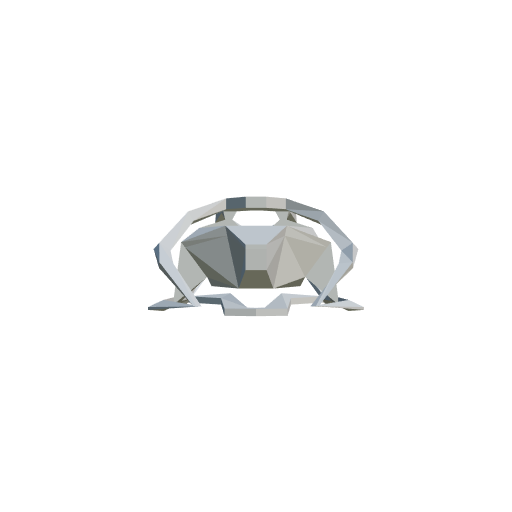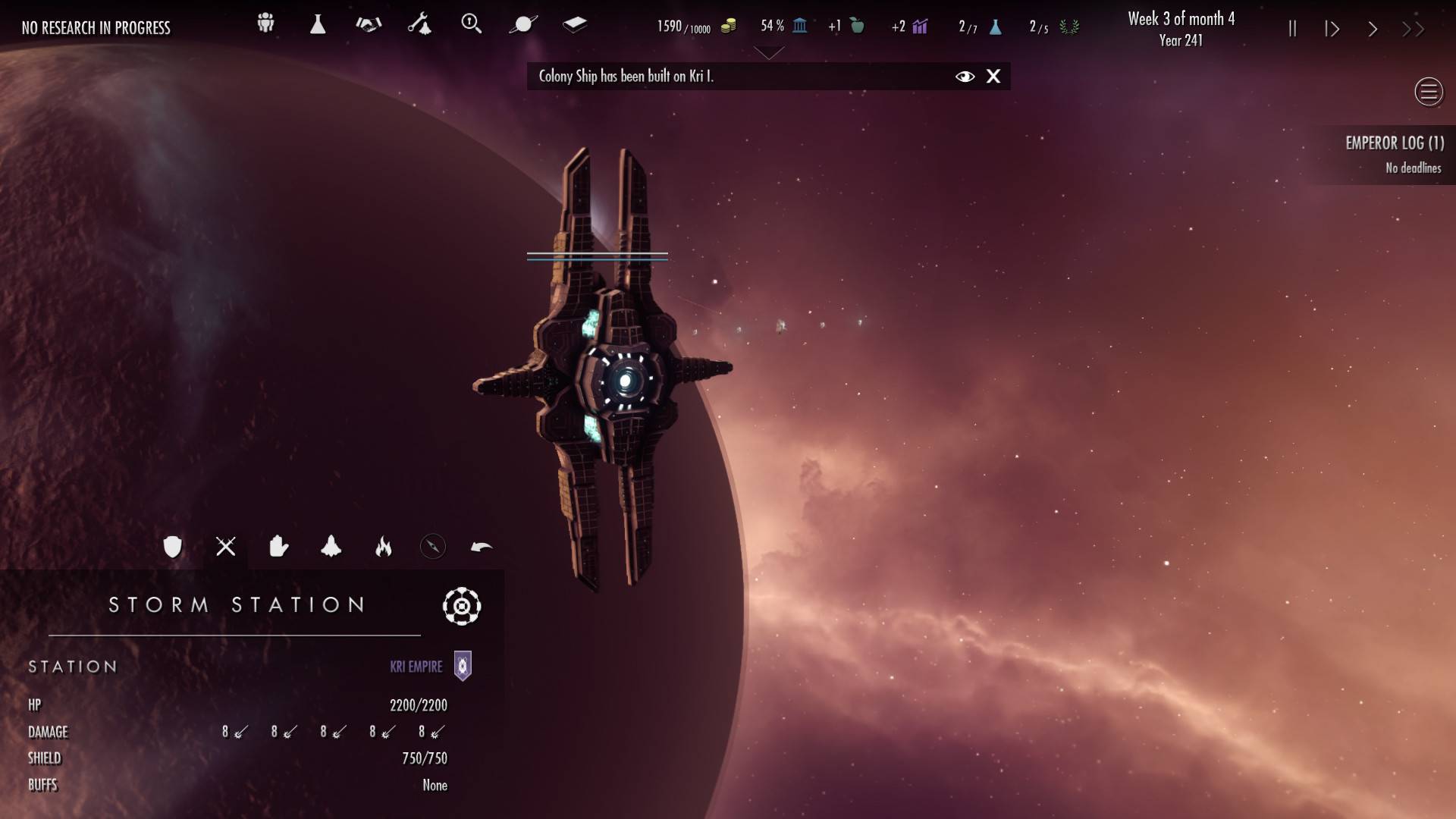

The Amiga demoscene thrived and evolved, and this book chronicles many of the scene’s favourites from multiple groups through interviews with their creators: coders, producers, artists, musicians from many countries are included. It was hugely important to the machine’s success, and captured people’s imagination – and a generation used the Amiga to express their creativity and ingenuity. Say « Boing » and fans of the Amiga think of the first demo, written in 1984 by Dale Luck and RJ Mical for a prototype displayed at CES, that used the machine’s unique hardware capabilities to create smooth animated 3D graphics with stereo sound. The color palette of the AGA chipset increases to 16,777,216 – or 24-bit – colour too, giving the demomakers a new playground in which to create.

The arrival of this new model was a notable improvement, with the overall power of the machine being quadrupled thanks to a stronger processor operating at a faster speed and higher speed RAM. Some abandoned the Amiga 500 entirely to focus exclusively on the Amiga 1200. In 1992 the arrival of the Amiga 1200 piqued the interest of several demo groups and many coders, graphic designers and musicians. The 68020 processor running at 14MHz was supported by 2MB of memory, AmigaOS 3, and the new Amiga Advanced Graphics Architecture – AGA.ĭemoscene the AGA Years is the second volume of our series dedicated to the Amiga demoscene. Like its Amiga 500 brother, it was designed to be a single box solution, incorporating the keyboard, processor, chipset, floppy disk drive, expansion ports internal and external, and support for an internal hard disk. The Amiga 1200 was released in October 1992, and was the third generation of Amiga for the home market. From the Megademo, at the end of the 80s, to trackmos in the 90s, 1994 was the beginning of a new development for the Demoscene, with many demos released that used all the power of the Amiga 1200.

The Amiga Demoscene, from its inception, has always evolved with the times, and reinvented itself, always pushing the limits of Commodore’s flagship machine.


 0 kommentar(er)
0 kommentar(er)
